After a hiatus, the R3 returns to India to claim its rightful throne. We also tell you why Thailand is amazing for motorcyclists.
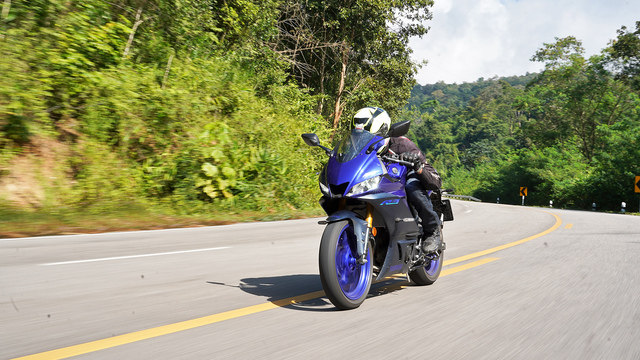
Story: Joshua Varghese
Photography: Apurva Ambep
It was in 2015 that the Yamaha YZF-R3 was first launched in India. An important blip in the enthusiasts’ timeline because it was a motorcycle that bridged the gap between beginner-level sport machines and the more serious stuff. It was a friendly yet fast motorcycle that offered the thrill a rider wanted without being too demanding. Emission norms removed it from our reach for a while. Now in 2023, it is making a comeback and Yamaha took us to Thailand for a three-day tour so we could properly experience all that the latest R3 had to offer.
We rode 700-plus km around northern Thailand’s beautiful countryside and towns. Somehow, each corner offered a landscape that was more magical than the previous one. Even when faced with such stiff competition, the R3 stood out. Some of us may be familiar with the previous model but Yamaha have given the latest R3 a completely new front-end. The LED headlights are separated by an air duct and the whole thing is placed in an aggressively-shaped cowl. The top extends in a smooth arc to accommodate a bubble-type windscreen. Below the cowl, a new USD fork steals the show. The fairing has been reworked to accommodate the front cowl and it is a significantly more seamless design than before. The 14-litre fuel tank is the last in the list of aesthetic changes and the most shapely of them all. It flows into the rider’s seat quite nicely and its contours immediately make one feel like they are astride a much larger machine. From the seat onwards till the end of the motorcycle, nothing has changed compared to the previous iteration. However, it is a timeless design and does not feel out of place with the latest styling changes. As an owner of a 2016 R3, even I am hard pressed to pick a favourite between the two. Standing on 17-inch wheels, all the proportions look just right, and as before, we do get blue wheels with the blue R3.

This is a motorcycle that makes the rider feel special in many ways. One of them is the cockpit. Everything that the rider can see from their perch is new. The digital-analogue cluster that was a favourite of mine has been replaced by a full-digital unit. It is a basic console and does not have any fancy menus or readouts. Its features include odometer, two trip meters, oil trip meter, tachometer, clock and fuel-efficiency readings. It also has the shift light that blinks dramatically when one reaches the upper limits of the rev range. It is a simple console that is focussed only on performance and it echoes the distinct purity of this motorcycle’s character. I still miss the needle though.
The riding position has been significantly revised at the handlebars. The triple clamp is now a slotted unit (just like faster YZF motorcycles) and at either side there are new clip-ons that are wider and lower than before. A comfortable seating position (780-mm seat height) was always one of the highlights of the R3 and even after lowering the handlebars a bit, that has not been compromised. Tucking under the visor also feels more natural than before. I rode the thing for three days at a good pace and then went exploring the towns until bedtime each day. That should be evidence enough of its merits. During our ride over Thailand’s spotless roads, 27 km/litre was the highest figure we were able to achieve. Of course, that remains to be confirmed in India. Thai roads and ours are worlds apart.
Powering the new R3 is the same 321-cc, four-valve, DOHC, liquid-cooled, parallel-twin engine as before. With a compression ratio of 11.2:1, the oversquare engine still develops 42 hp at 10,750 rpm and a peak torque of 29.5 Nm at 9,000 rpm. The transmission continues to be a six-speed unit. This engine is easily the most refined 300-cc twin I have ever ridden. There is very little mechanical noise and even lesser vibration; a testament to Yamaha’s high standards of quality. Furthermore, at full chat its song through the exhaust system is enticing. The only thing that sounds better is the way it burbles during downshifts.
Now, we move on to what I have been eagerly waiting to tell you — all about how this thing rode on the lovely tarmac of Thailand. A feather-effort clutch makes rolling off effortless and the short first gear revs through quickly. From there onwards, with the throttle wide open, the motorcycle rushes through gears faster than fleeing prey. Before I knew it, I was already crossing 150 km/h while the shift indicator blinked away and there were two gears left. Eventually, I saw close to 190 km/h on the display before I ran out of road. It is a fast motorcycle, this one. The throttle response is crisp and direct. The power delivery is linear. Essentially, what I am trying to say is that with the R3, you get what you ask for and if one is in the correct gear, it is delivered instantly. Yet, the motorcycle asks very little from the rider. It is easy to ride fast and that gives it a strong case as a sport-tourer too.
In sixth gear, it pulls away cleanly from as low as 50 km/h but the race to the redline becomes most dramatic from the mid-range onwards. We started our ride in Thailand with an hour or so on a highway and the R3 was right at home. It cruised happily at 150 km/h and complied without hesitation when pushed to the limit. When introduced to some super-fast flowing twisties, it adapted to that too; keeling over without hesitation and stylishly dismissing corners. After a couple of runs up and down the hill, it was clear that this was a step in the right direction. This new motorcycle gets a 37-mm USD fork and monoshock from KYB and they are better damped than the units on my old R3. The biggest difference is in high-speed handling. It gave me the confidence to brake harder and deeper into a corner and carry more speed into the slowest part of the curve before powering out. The difference in corner speed may be difficult to ascertain but one thing is for sure, whatever you can do on the old R3, you can do on this one too; only it is easier to do so.
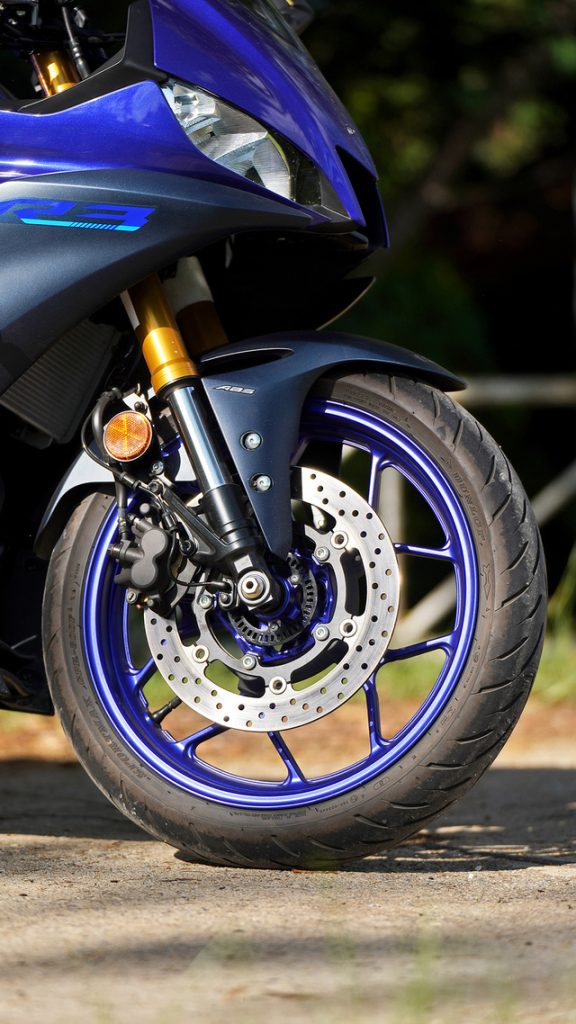
Braking is managed by a single disc at the front and rear along with the safety of dual-channel ABS. The two-piston caliper at the front returns good feedback at the lever and the stopping power gets the job done too. However, for a motorcycle that is no stranger to speed and acceleration, I feel Yamaha could have offered slightly better equipment with this update. The motorcycle we rode was equipped with Dunlop Sportmax tyres and they offered good levels of grip through the day; from cold mornings, to warm afternoons. At this time, we do not know if the India-bound units will be sold with Dunlops. That will be revealed closer to the launch.
Thailand was a rider’s paradise in all respects. They had faultless roads including fast highways, winding country roads resplendent with scenery, disciplined city roads and my favourite — quiet and fast hill roads. Visiting the famous ‘Route 3’ was another highlight of the ride. Beyond each corner of our route there was something more beautiful than the previous corner. The Chiang Mai-Phayao-Nan-Phayao-Chiang Mai circuit should be on the bucket list of every motorcyclist.
In a day and age where manufacturers are inviting multitudes of people to review their products and giving each of us barely a few hours with their motorcycles, Yamaha India’s decision to let us experience the R3 and MT-03 over three days in another country was refreshing. It speaks volumes of their commitment to quality and of their confidence in the product. What we did was essentially a three-day road-trip across a country which has roads that every rider would only dream of. The Yamaha YZF-R3 was faultless and is without doubt a clinical upgrade over its predecessor.
It is coming to India from Indonesia as a CBU. So, the pricing is the last piece of the puzzle here. Honestly, I would not be averse to shelling out Rs 4.0-4.5 lakh for this motorcycle. As an owner of the old R3, my ownership experience has been nothing short of stellar and the new one shows more promise. This is not just the R3’s comeback, it is Yamaha India claiming their rightful throne as a manufacturer of high-quality performance motorcycles. This is what we always wanted. Hot on the heels of the R3, we may also see the 700-cc twins come to India and the Ténéré may tag along as well.
Edit: The Yamaha YZF-R3 was launched at Rs 4.65 lakh (ex-showroom).
Watch the full video review here:

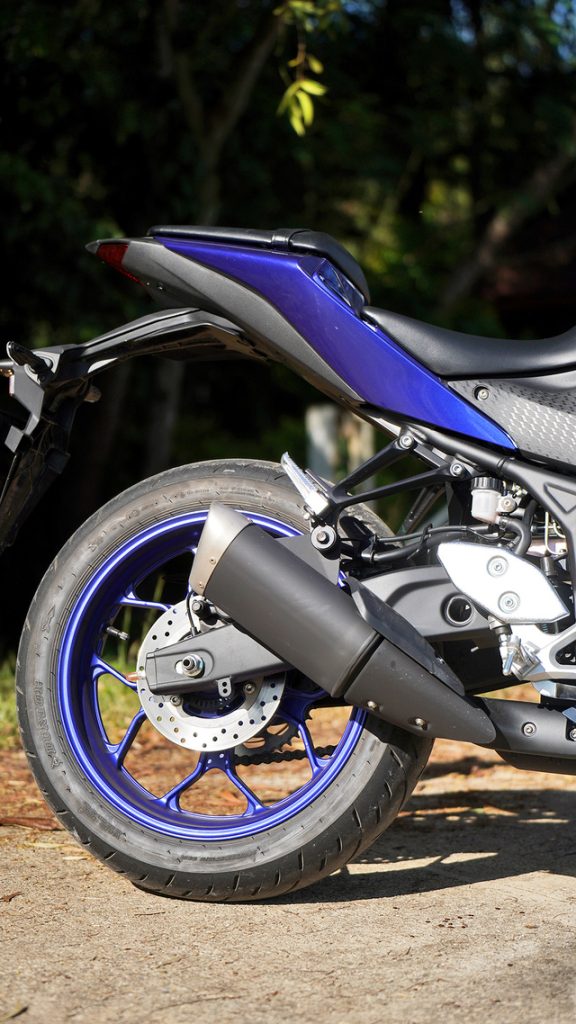
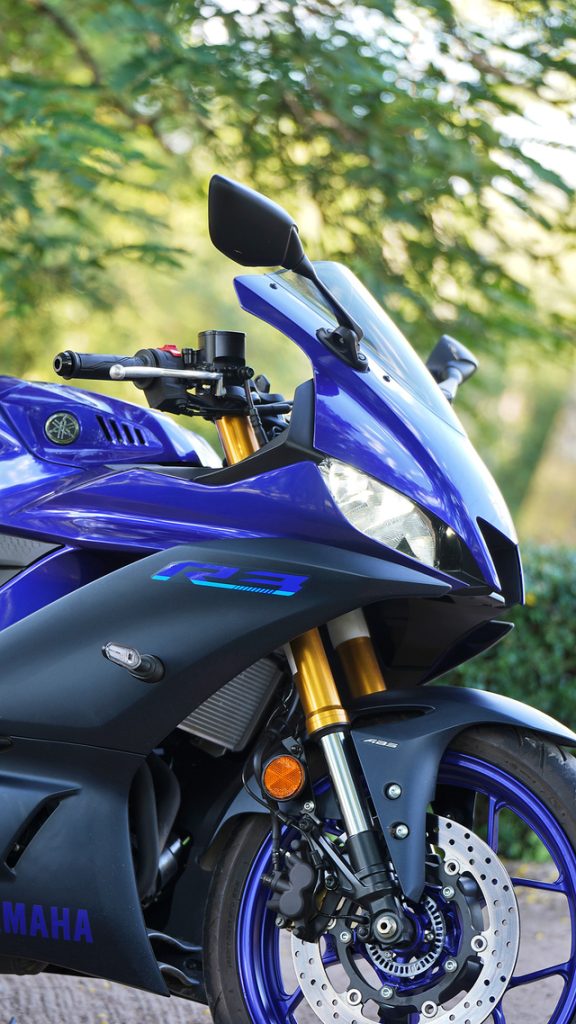
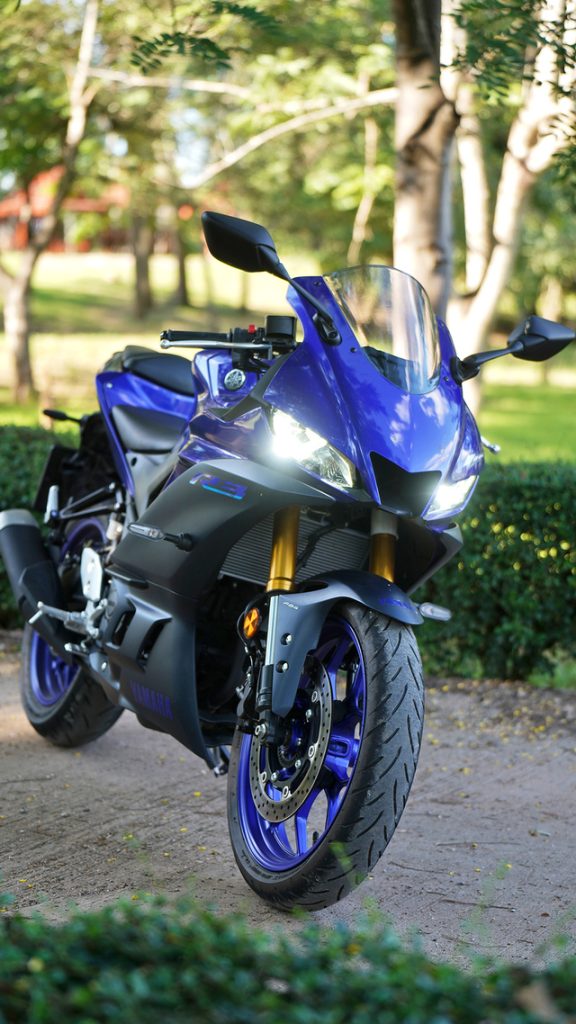
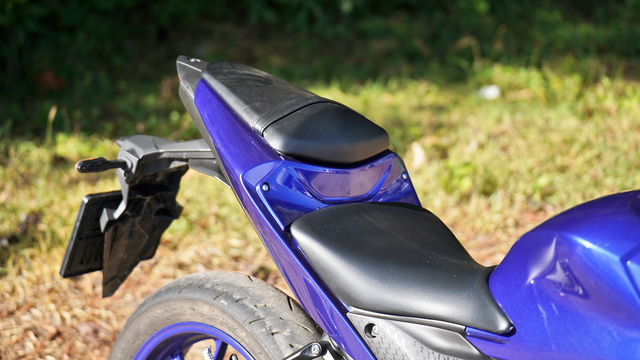
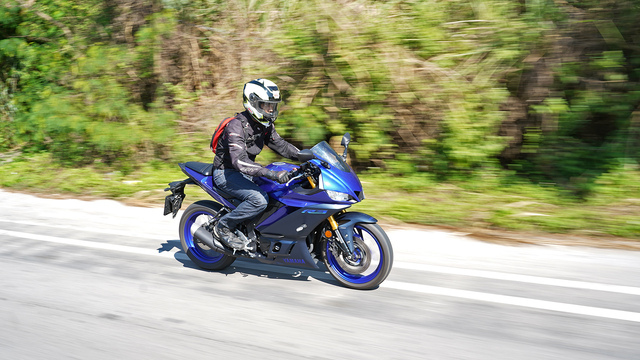
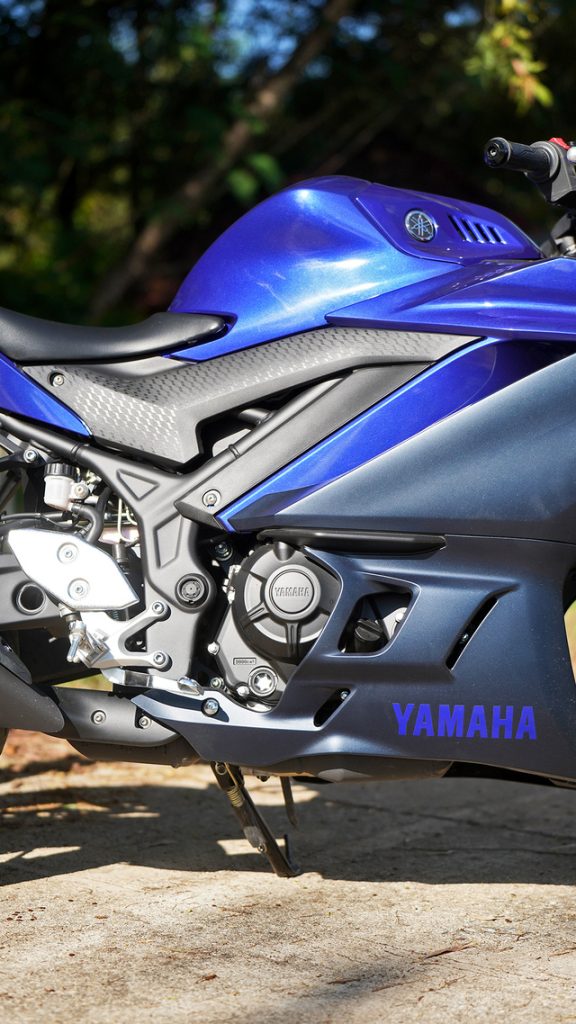
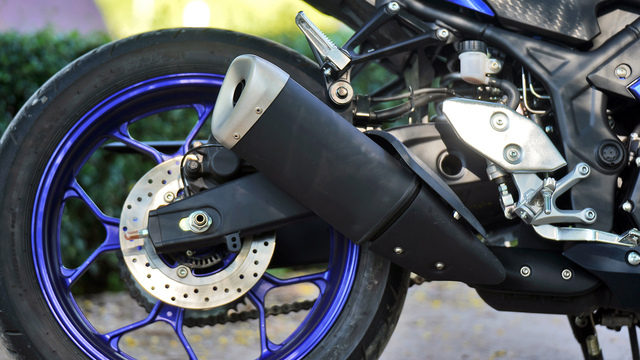
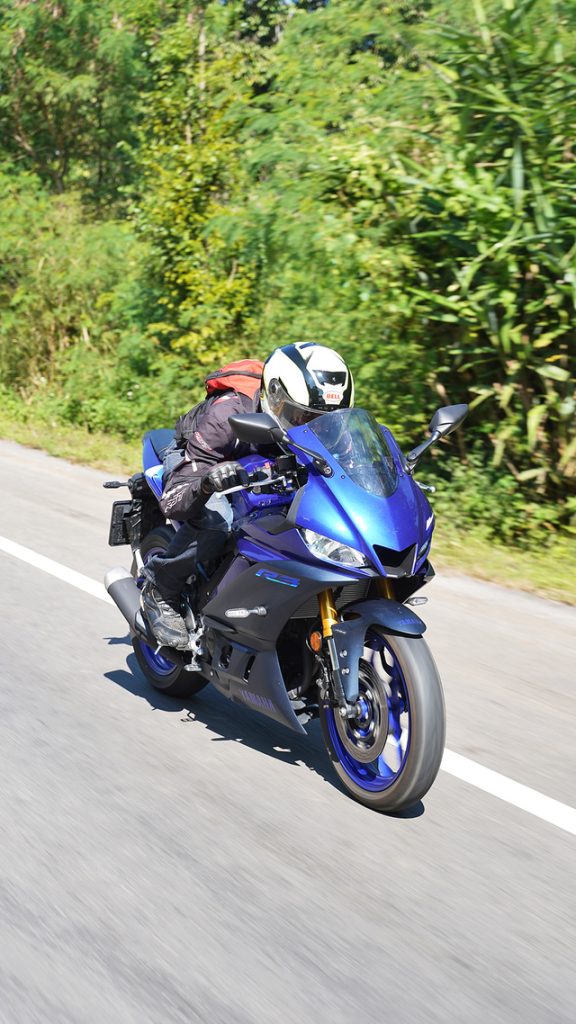
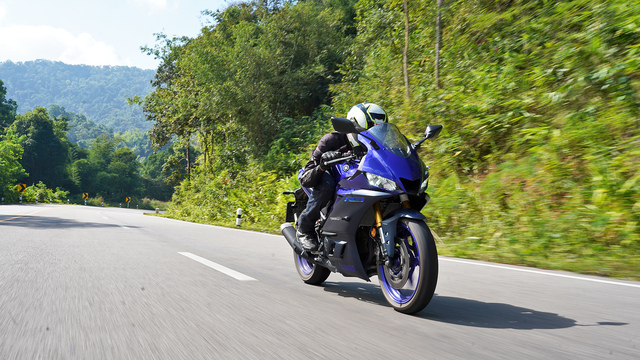
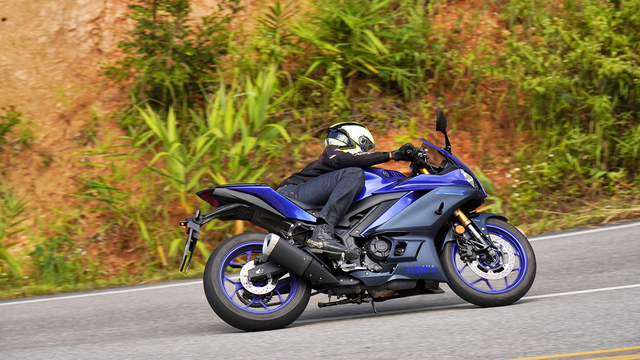
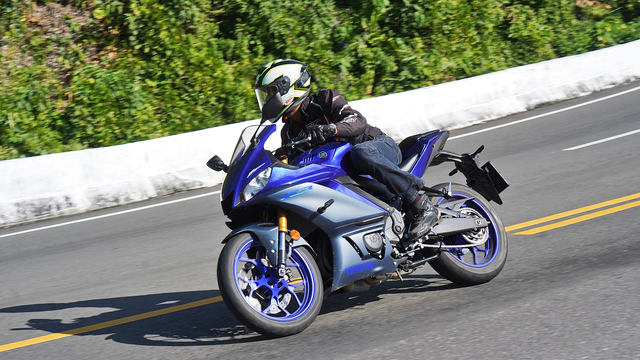

Leave a Reply